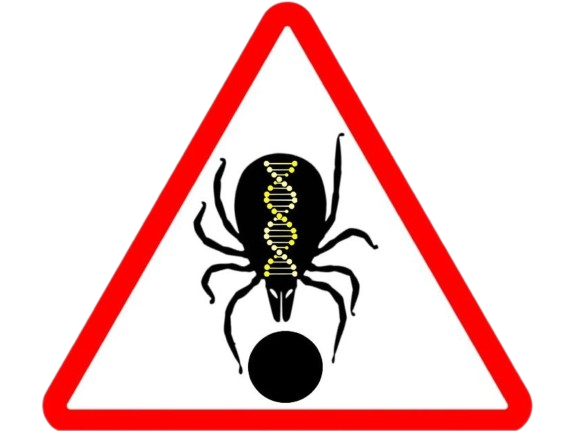Pitó A, Fedorov D, Brlík V, Kontschán J, Keve G, Sándor AD, Takács N, Hornok S. East-to-west dispersal of bird-associated ixodid ticks in the northern Palaearctic: Review of already reported tick species according to longitudinal migratory avian hosts and first evidence on the genetic connectedness of Ixodes apronophorus between Siberia and Europe. Curr Res Parasitol Vector Borne Dis. 2024 Jul 14;6:100201. doi: 10.1016/j.crpvbd.2024.100201.

